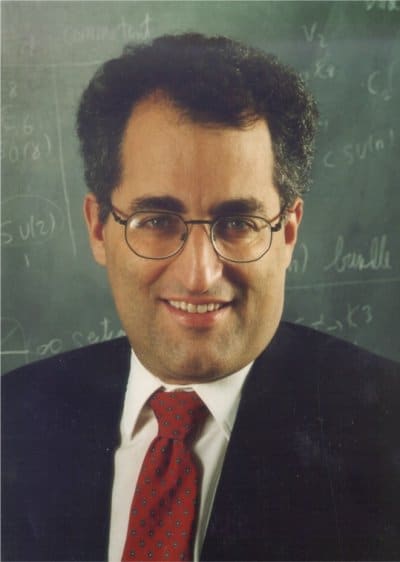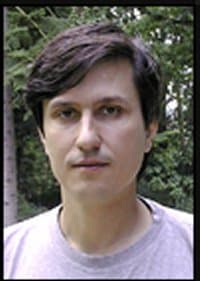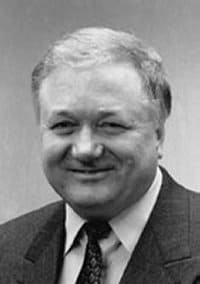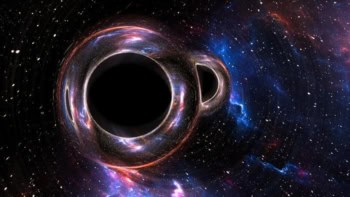
The theoretical physicist Edward Witten, mathematician Maxim Kontsevich and astrophysicist Rashid Alievich Sunyaev have been awarded the 2008 Crafoord Prize. Witten and Kontsevich share one half of the prize for their work on the mathematics of string theory, while Sunyaev gets the other half for his theoretical work on the cosmic background radiation and black holes.
The prize is worth a total of $500,000 and is awarded by the Royal Swedish Academy of Sciences in fields that are not covered by the Nobel prizes.
Witten, 56, is at the Institute for Advanced Study in Princeton, New Jersey, and is widely regarded as the leading figure in the development of string theory. String theory implies that “elementary particles” such as electrons and photons are just manifestations of a more fundamental layer of nature described by 1D strings 10–35 m in length. Originally formulated to describe the strong force acting on quarks and gluons, string theory soon became a potential “theory of everything” that could unify gravity with the other three forces in nature.
Representing particles as strings requires 10 or 11 dimensions, which makes it very difficult to do practical calculations such as what would happen when two electrons collide. Witten tackled this challenge by adapting the mathematics of particle physics to create new methods for performing calculations within string theory.
Witten’s approach was largely based on intuition and it was Kontsevich who was able to show that these new methods were mathematically sound. Kontsevich, 43, works at the Institut des Hautes Études Scientifiques outside of Paris
However, despite the mathematical rigour of string theory, it remains a highly contentious issue amongst some physicists — mostly because it has been impossible to test experimentally.
Sunyaev, 64, has joint appointments with the Space Research Institute of the Russian Academy of Sciences in Moscow and the Max Planck Institute for Astrophysics in Garching, Germany. In his work on the formation of black holes, Sunyaev was able to explain why the matter swirling into these extremely dense objects forms a thin disk that is an intense source of radiation. His insights into how to identify black holes from the radiation their disks emit have allowed astronomers to locate black holes.
Sunyaev was also cited for his work on the cosmic microwave background (CMB) — radiation that was born when the universe was about 380,000 years old and can still be detected today. This radiation is not uniform and Sunyaev has made important contributions to the understanding of how massive sound waves that propagated through the early universe gave rise to temperature fluctuations in the CMB. He also developed, with the late Yakov Zel’dovich, a theory that describes how photons in the CMB change energy when they scatter off the hot gas contained within clusters of galaxies. Now known as the Sunyaev-Zel’dovich effect, it allows astronomers to detect galaxy clusters extremely far away from Earth.
The prize will be presented in Stockholm on 23 April.





